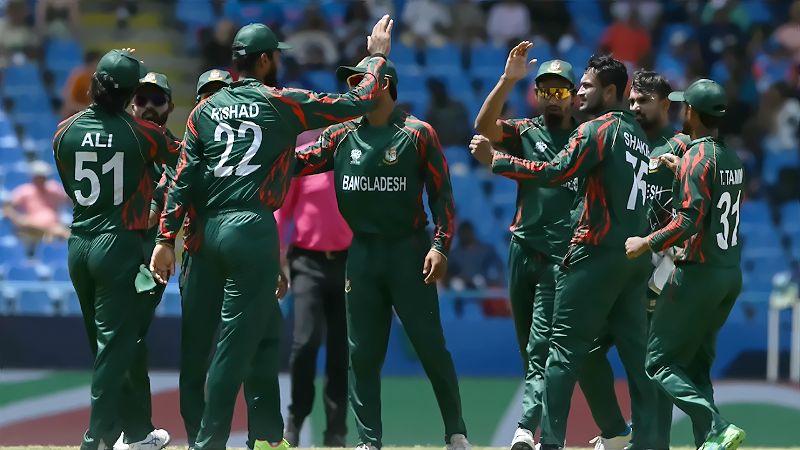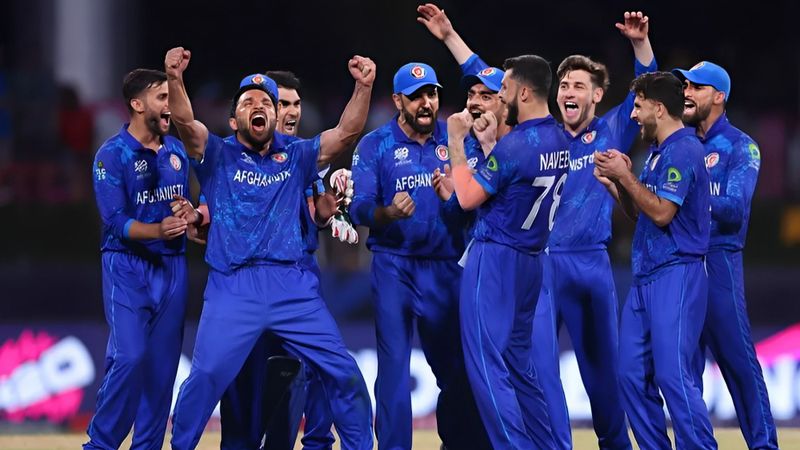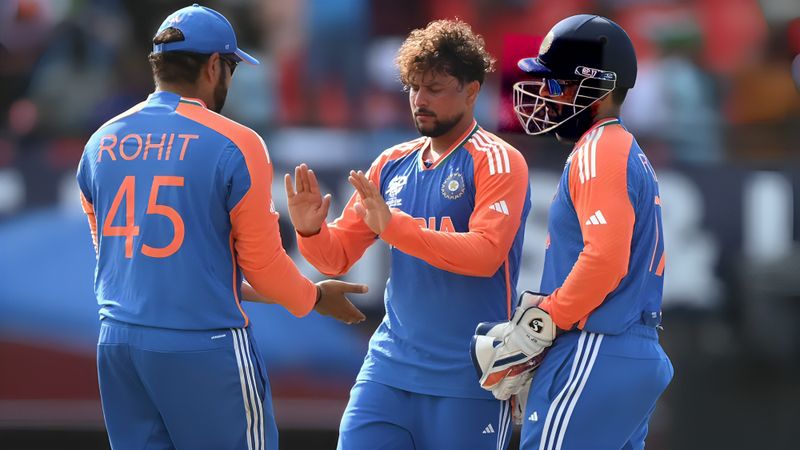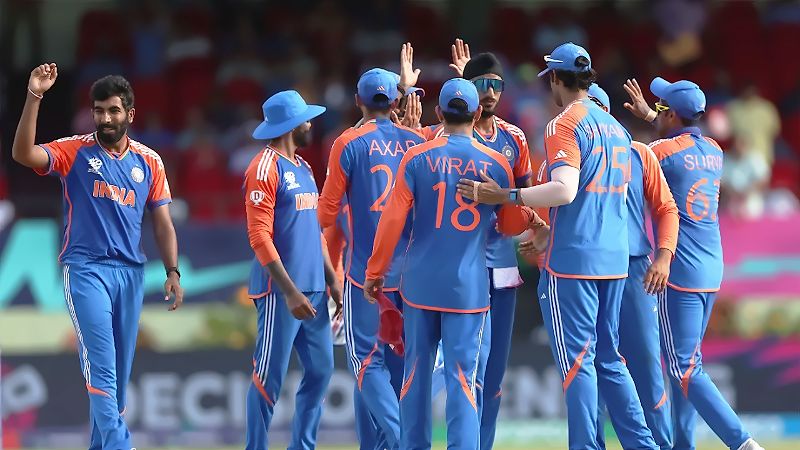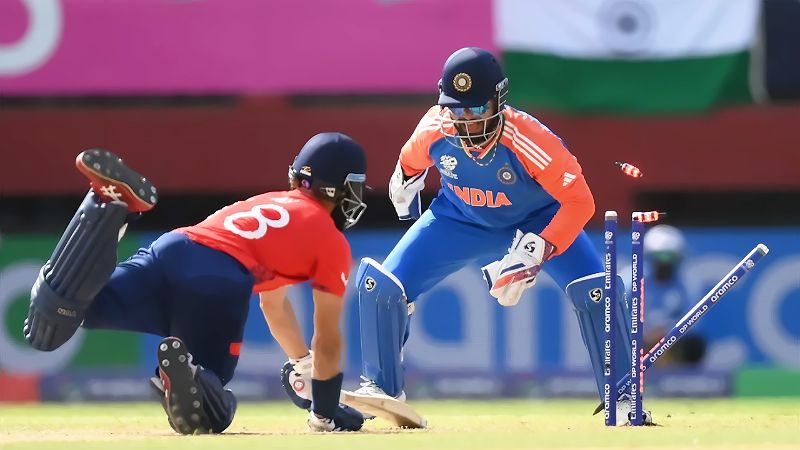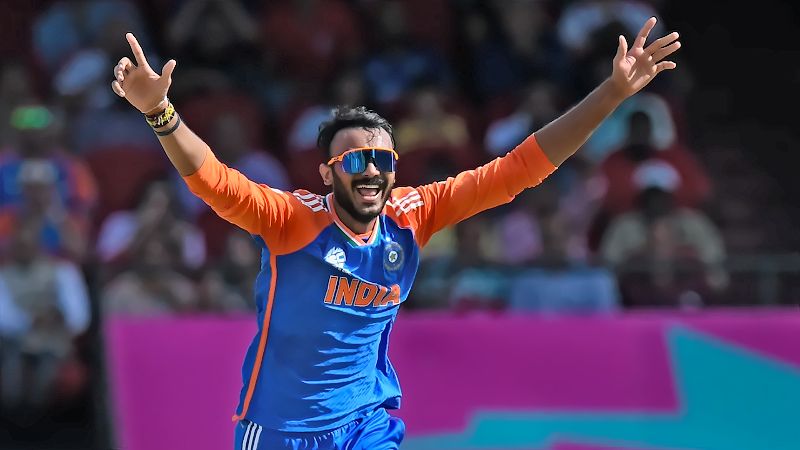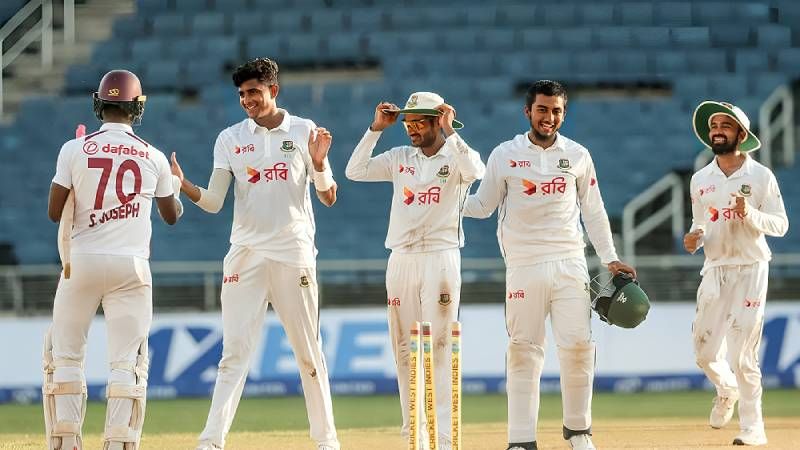Afghanistan Team Overly Dependent on Their Openers in the T20 WC 2024.
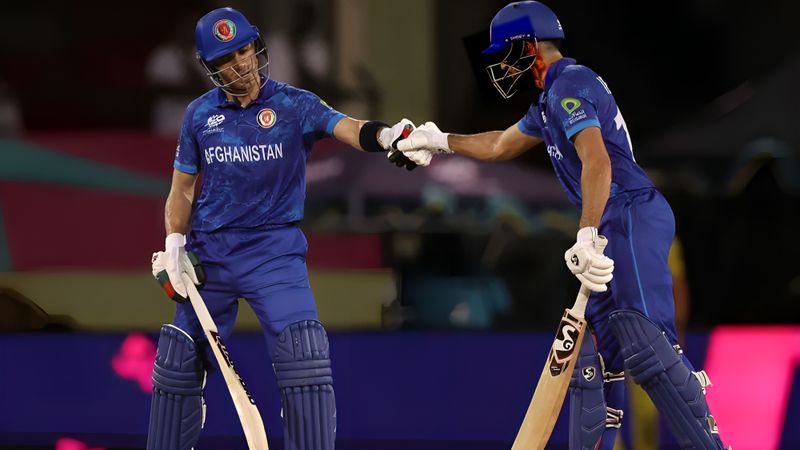

Afghanistan’s journey in the T20 World Cup 2024 has been a rollercoaster of emotions, highlighting both their strengths and glaring weaknesses. Among the most significant observations from their campaign is their apparent over-reliance on their opening batsmen, Rahmanullah Gurbaz and Ibrahim Zadran. This reliance has been a double-edged sword, providing stability at times but also exposing vulnerabilities in the middle order when the openers fail to deliver.
Rahmanullah Gurbaz and Ibrahim Zadran have been the linchpins of Afghanistan’s batting lineup throughout the tournament. Their consistent performances have often been the difference between a competitive total and a subpar one. Gurbaz, with his aggressive stroke play and ability to score quickly, has set the tone in the powerplay, while Ibrahim has provided a more stable presence, anchoring the innings when needed.
In several matches, these two have given Afghanistan the platform to build competitive scores. Their ability to read the pitch conditions and adapt their game accordingly has been commendable. However, this very dependency on their openers has also been their Achilles’ heel. When either of these two fails to fire, the fragility of the middle order becomes glaringly evident.
Afghanistan’s World Cup campaign has seen solid starts from the openers, but the middle order’s inability to capitalize remains a major concern. The likes of Najibullah Zadran, Mohammad Nabi, and others have not been able to provide the necessary support, often collapsing under pressure.
The openers are under tremendous pressure to perform well in every game due to the paucity of runs from the middle order. This over-reliance has meant that opposition teams have focused their strategies on getting early breakthroughs, knowing that it would expose the vulnerable middle order. The match against South Africa is a prime example where the middle order’s failure to contribute led to a subpar total, which the bowlers found difficult to defend.
Despite the disappointment, there are several positives that Afghanistan can take away from their World Cup campaign. One of the critical learnings is the need to develop a more robust middle order. As noted by the coaching staff, there is a pressing need to find batters who can score runs consistently and support the openers. This requires a long-term strategy focusing on nurturing talent and giving opportunities to players in the domestic circuit and other international assignments.
Afghanistan’s coaching staff, led by experienced professionals like Dwayne, has recognized this issue. They have emphasized the importance of developing players who can handle the pressure and perform on the big stage. The focus going forward will be on creating a balanced lineup that does not overly depend on a few individuals.
Afghanistan’s performance in the T20 World Cup 2024 has been a mix of highs and lows. The over-reliance on their openers, Gurbaz and Ibrahim, has been a significant factor in their campaign. While this has provided some stability, it has also exposed the middle order’s frailties. Addressing these issues and building a more balanced team will be crucial for their future success.
For more, visit JeetBuzz News to read our quality Cricket Blog updates. Explore if you want to reminisce and enjoy all of your favourite cricket players and nostalgic match moments. To ensure that you never miss out, keep updated and join in the fun!
More Cricket Article







What to Expect in the 2nd ENG vs SL Test: Three Critical Aspects
As England and Sri Lanka prepare to face off in the second Test at Lord’s, the series is finely poised. England secured a convincing win







West Indies Dominate in T20 Series as South Africa’s Lack of Depth Is Exposed Ahead of 2026
The West Indies have once again proven their mettle in the T20 format, clinching yet another series victory against South Africa, making it their third


The Luckiest Picks: Analyzing India’s Women’s T20 World Cup Squad Choices
India’s squad for the 2024 Women’s T20 World Cup has sparked conversations, especially around the selection of certain players whose recent performances and fitness levels

